Road rules in NT
Changing lanes and turning
When you change lanes you must give way to any vehicle in the lane you are moving to – even if your lane is ending.
You must signal to let others know what you plan to do. Give plenty of warning by signalling before you turn left or right, or changing lanes.
Make sure your indicator is turned off after each turn or lane change.
If your indicators are not working, you must get them fixed. You must use a hand signal when turning right or stopping.
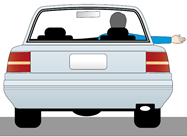
You are turning right
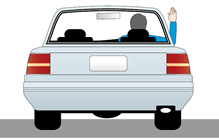
You are stopping or slowing down
You can turn into either lane, depending on traffic.
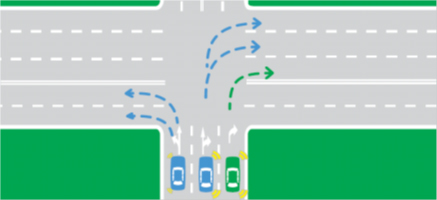
You must follow any road markings that show how the turn must be made. If there are no road markings, you must make a right turn by passing as near as possible to the right of the centre of the intersection.
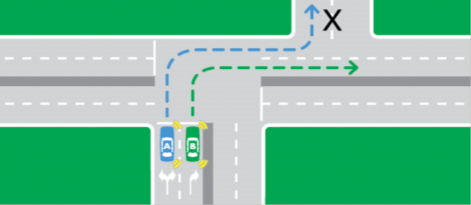
Turning and median strips
When making a right turn through a divided road with a median strip, you must:
- wait for a suitable gap in the oncoming traffic, checking mirrors and blind spots
- drive as far as you can into the central dividing part of the road and stop until it is safe to continue
- make sure you obey all give way or stop signs or traffic lights.
U-turns
You must not make a U-turn:
- where there is a no U-turn sign
- across any single unbroken (continuous) line or double centre lines, whether or not one line is broken
- at traffic lights unless you see a U-turn permitted sign at the intersection.
When making a u-turn:
- check mirrors and blind spots and that you have a clear view of any approaching traffic
- start your U-turn from the lane nearest to the centre of the road or, if there are no lane markings, the left of the centre of the road
- give way to all vehicles and pedestrians and signal before you start to turn.
Three-point turn
Before starting a three-point or U-turn, signal, check your mirrors and blind spots.
After completing the turn, signal and check your mirrors and blind spots, before re-joining the traffic.
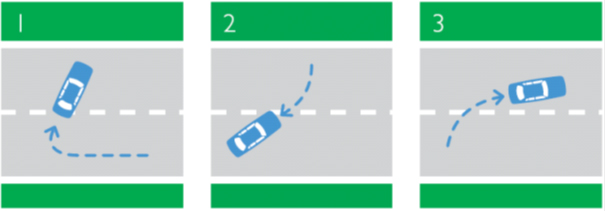
Print all pages in this section
Give feedback about this page.
Share this page:
URL copied!